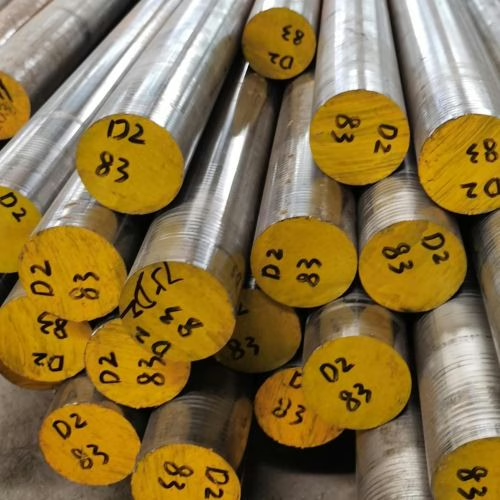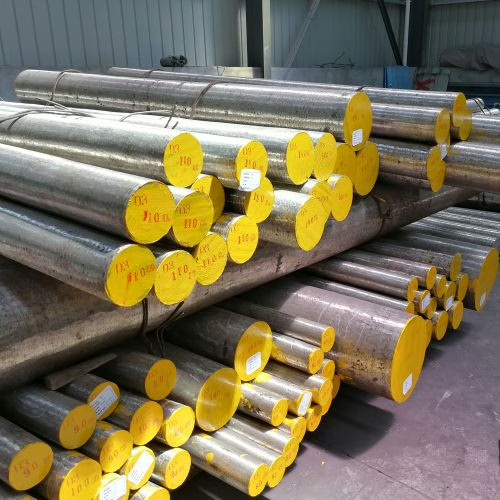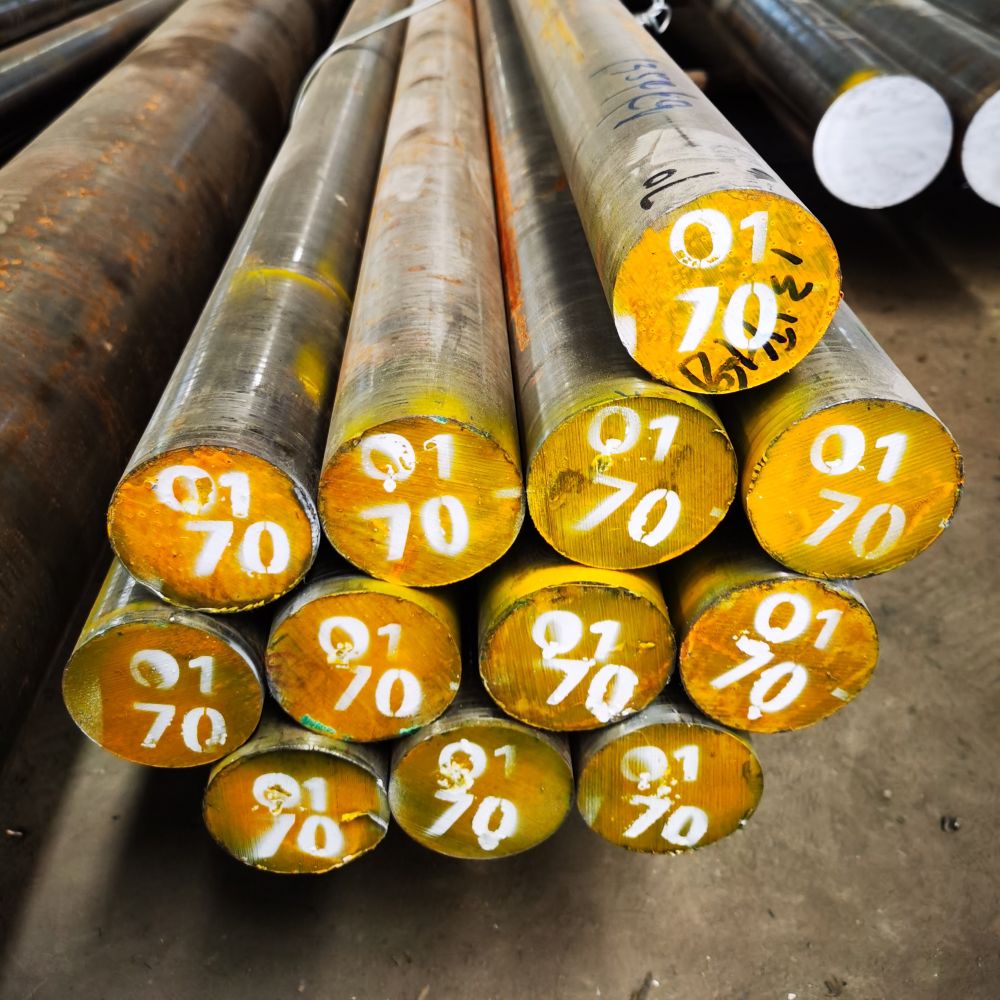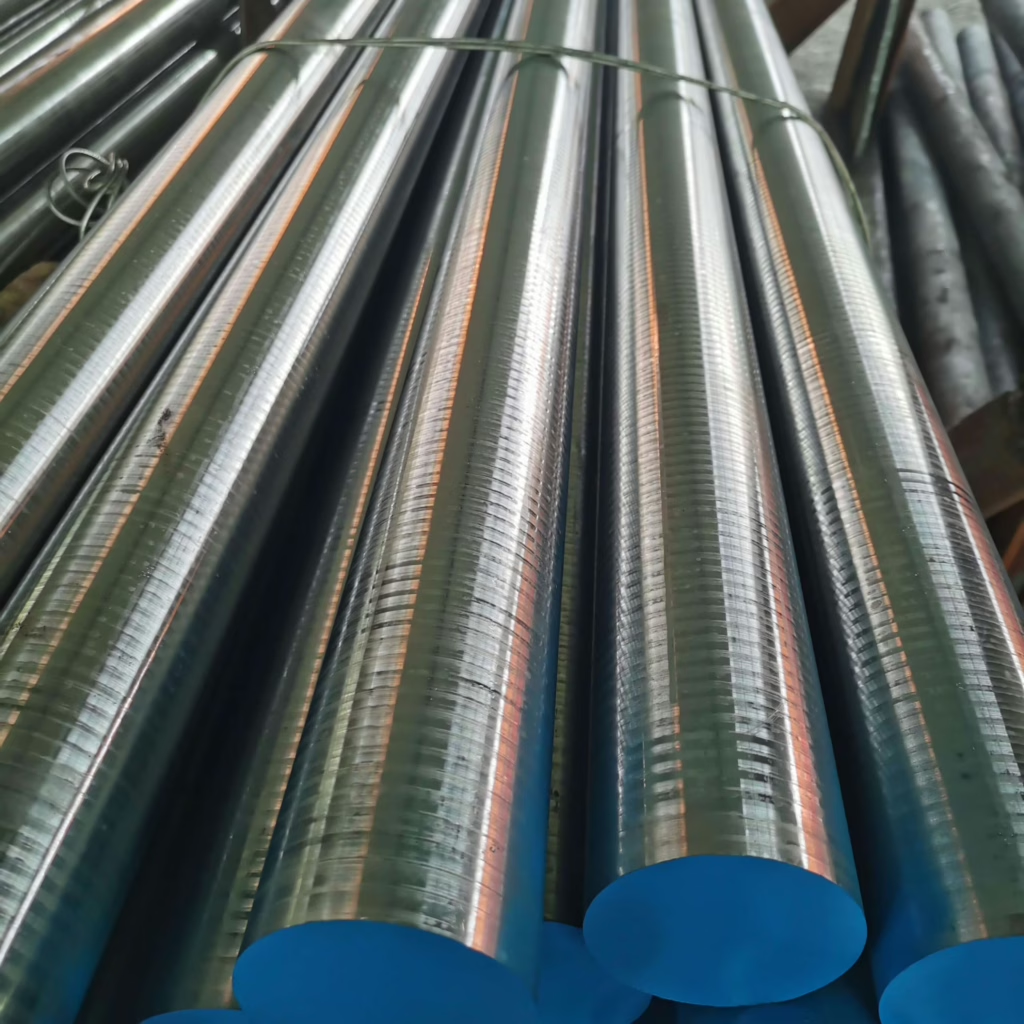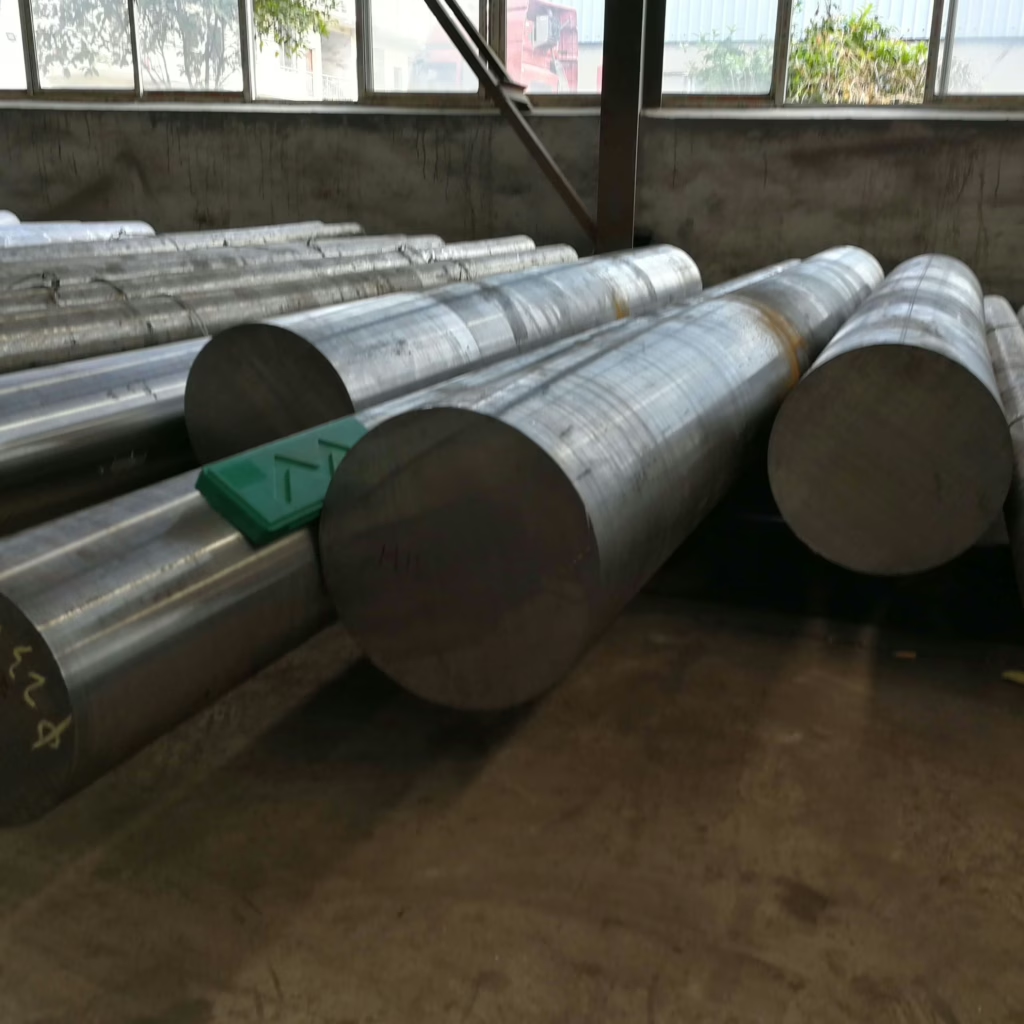THÉP CÔNG CỤ GIA CÔNG LẠNH
Danh mục thép công cụ làm việc nguội từ Aobo Steel
Ưu điểm của Aobo Steel
- Trong khi vẫn đảm bảo chất lượng, giá của chúng tôi thấp hơn giá thị trường khoảng 3%.
- Hơn 20 năm kinh nghiệm trong sản xuất thép công cụ rèn giúp chúng tôi hiểu biết sâu sắc về sản phẩm của mình.
- Chúng tôi cung cấp hơn 100 loại thép, bao gồm thép công cụ, thép hợp kim, thép không gỉ, thép kết cấu hợp kim và thép cacbon.
- Với hơn 40 nhà cung cấp chế biến, chúng tôi có thể giao hơn 2.000 tấn thép mỗi tháng.
Hiểu về thép công cụ
Thép công cụ là một loại hợp kim thép quan trọng được phát triển riêng để sản xuất công cụ, khuôn và khuôn đúc. Các thành phần này rất cần thiết để định hình, tạo hình và cắt nhiều loại vật liệu khác nhau, bao gồm các loại thép khác, kim loại màu, nhựa, gỗ, v.v. Thép công cụ được thiết kế để có độ cứng và độ bền cao để chịu được các điều kiện dịch vụ khắt khe.
Một tập hợp con chính là thép công cụ tốc độ cao (HSS), được định nghĩa theo các tiêu chuẩn như ASTM A600. Các hợp kim gốc sắt phức tạp này chứa cacbon, crom, vanadi, molypden hoặc vonfram (và đôi khi là coban). Thành phần cụ thể được cân bằng cẩn thận để mang lại khả năng làm cứng mạnh, khả năng chống mài mòn đặc biệt, khả năng giữ độ cứng ở nhiệt độ cao (được gọi là "độ cứng đỏ") và độ dẻo dai cần thiết để cắt công nghiệp hiệu quả.
Tại sao thép công cụ lại khác biệt
Thép công cụ là một loại thép riêng biệt và quan trọng do các ứng dụng cụ thể của chúng và quan trọng là các yêu cầu xử lý nhiệt của chúng. Được tìm thấy trong vô số quy trình công nghiệp đòi hỏi khuôn, khuôn dập hoặc dụng cụ cắt, chúng có thành phần từ thép gần cacbon đến các loại hợp kim cao.
Đặc điểm xác định của thép công cụ là khả năng được làm cứng và tôi luyện thông qua xử lý nhiệt. Thành phần hóa học được kiểm soát chính xác để xử lý nhiệt thích hợp mang lại các đặc tính cần thiết cho công việc. Các đặc tính chính bao gồm:
- Độ cứng cao: Khả năng chống đâm xuyên và mài mòn (thường được đo bằng thang đo như Rockwell). Lưu ý rằng trong thép hợp kim, khả năng chống mài mòn không chỉ phụ thuộc vào độ cứng.
- Khả năng chịu nhiệt (“Độ cứng màu đỏ”): Khả năng duy trì độ cứng ở nhiệt độ cao.
- Khả năng chống mài mòn: Khả năng chịu mài mòn.
- Khả năng chống sốc (Độ bền): Khả năng chịu va đập mà không bị vỡ.
- Độ ổn định kích thước: Khả năng chống chuyển động hoặc biến dạng trong quá trình làm cứng.
- Khả năng cắt: Hiệu quả trong hoạt động gia công.
Vì không có loại thép nào có thể vượt trội trong tất cả các lĩnh vực này cùng một lúc nên có nhiều loại thép công cụ khác nhau, mỗi loại được thiết kế riêng cho các nhu cầu hiệu suất cụ thể.
Các loại thép công cụ phổ biến
Thép công cụ thường được phân loại dựa trên các yếu tố như ứng dụng, thành phần hoặc phương pháp xử lý nhiệt. Hệ thống của Viện Sắt và Thép Hoa Kỳ (AISI) là phổ biến, sử dụng ký hiệu chữ cái-số (ví dụ: W1, S7, H13, M2). Các danh mục chính bao gồm:
- Làm cứng bằng nước (dòng W): Chủ yếu là thép cacbon cần làm nguội nhanh bằng nước.
- Chống sốc (dòng S): Được thiết kế có độ bền cao khi chịu va đập.
- Gia công nguội (loạt O, A, D):
- Làm cứng bằng dầu (O): Khả năng làm cứng tốt, ít biến dạng hơn so với làm nguội bằng nước.
- Làm cứng bằng không khí (A): Hàm lượng hợp kim cao hơn cho phép làm mát bằng không khí chậm hơn, giảm thiểu sự biến dạng.
- Hàm lượng Cacbon cao, hàm lượng Crom cao (D): Khả năng chống mài mòn tuyệt vời khi làm việc ở nhiệt độ lạnh.
- Gia công nóng (dòng H): Duy trì độ bền và chống mài mòn ở nhiệt độ cao (được sử dụng trong khuôn rèn, khuôn đùn).
- Tốc độ cao (dòng M và T): Giữ nguyên độ cứng ở nhiệt độ cắt rất cao (dùng cho máy khoan, dao phay). Dòng M có thành phần chính là molypden; dòng T có thành phần chính là vonfram.
Lựa chọn và sản xuất
Việc lựa chọn đúng loại thép công cụ là rất quan trọng. Sự lựa chọn phụ thuộc vào ứng dụng và các yêu cầu cân bằng như khả năng chống mài mòn, độ bền (chống va đập), độ cứng khi nóng, dễ gia công, phản ứng xử lý nhiệt và chi phí. Ví dụ, dụng cụ cắt ưu tiên khả năng chống mài mòn, trong khi dụng cụ va đập cần độ bền.
Sản xuất thép công cụ đòi hỏi phải kiểm soát cẩn thận, thường bắt đầu bằng việc nấu chảy chất lượng cao trong lò điện. Các quy trình như rèn (một lĩnh vực mà Aobo Steel có hơn 20 năm kinh nghiệm) và cán giúp tinh chỉnh cấu trúc và định hình vật liệu. Luyện kim bột cung cấp một lộ trình thay thế cho các cấp độ cụ thể, mang lại cấu trúc mịn, đồng đều.
Tầm quan trọng của xử lý nhiệt
Xử lý nhiệt là cơ bản để đạt được hiệu suất mong muốn trong thép công cụ. Quá trình này thường bao gồm sự cứng lại (nung nóng đến nhiệt độ thích hợp rồi làm nguội) tiếp theo là sự tôi luyện (làm nóng lại ở nhiệt độ thấp hơn) để đạt được sự cân bằng cuối cùng của độ cứng và độ dẻo dai. Phương pháp làm nguội (sử dụng nước, dầu hoặc không khí) phụ thuộc vào hàm lượng hợp kim của thép và nhu cầu giảm thiểu biến dạng.
Kết luận
Thép công cụ là hợp kim hiệu suất cao được thiết kế riêng cho các ứng dụng công cụ, khuôn và khuôn mẫu đòi hỏi khắt khe. Sự kết hợp độc đáo giữa độ cứng, khả năng chống mài mòn, độ dẻo dai và khả năng chịu nhiệt của chúng đến từ thành phần hóa học được quản lý cẩn thận và xử lý nhiệt chính xác, khiến chúng trở nên không thể thiếu trong sản xuất hiện đại. Tại Aobo Steel, kiến thức sâu rộng và kinh nghiệm dày dặn của chúng tôi đảm bảo chúng tôi cung cấp đúng loại thép công cụ cho nhu cầu của bạn.

